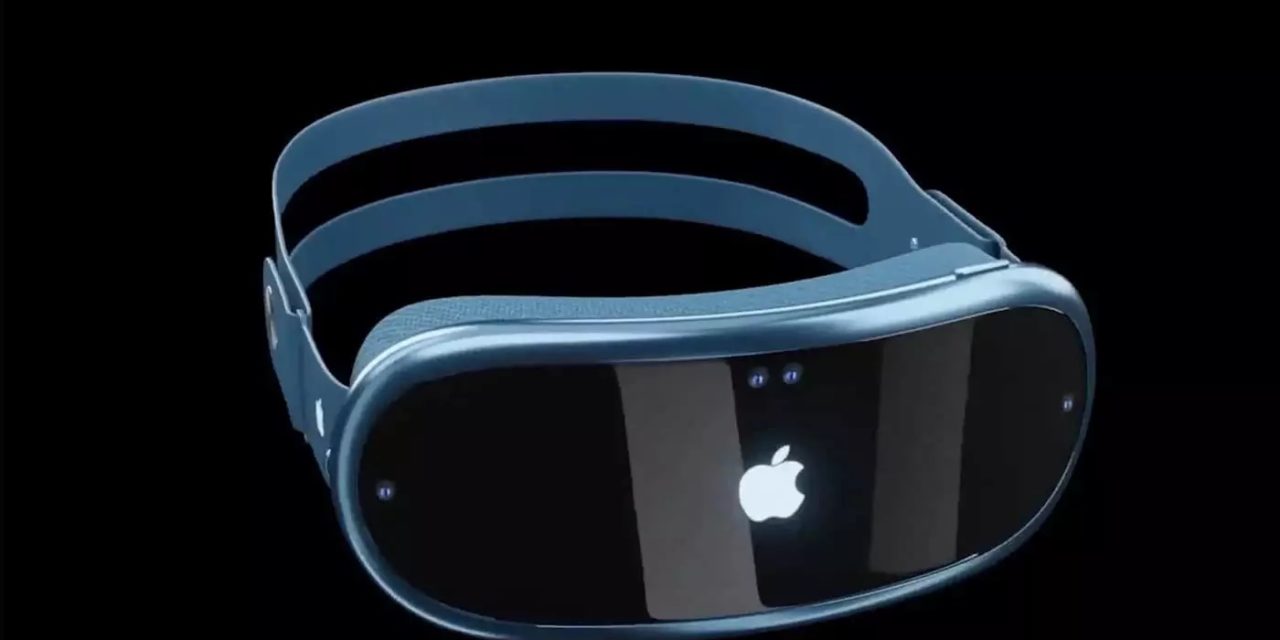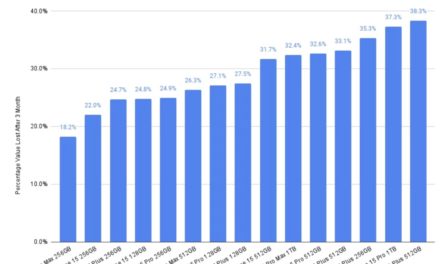Global shipments of augmented reality (AR) and virtual reality (VR) headsets slowed significantly in the first quarter of 2023 (1Q23) as macroeconomic conditions worsened and the market cooled compared to the pandemic driven highs seen last year, according to IDC.
Please enable JavaScript
Apple is almost certain to unveil its long-rumored augmented reality/virtual reality headset during Monday’s Worldwide Developer Conference key at 10 am (Pacific). However, it’s likely the “RealityPro” won’t be available until later this year.
The research says the the overall AR/VR headset market declined 54.4% year over year in 1Q23 with VR headsets representing 96.2% of headsets shipped. Among the top 5 AR/VR headset makers, Meta continued to lead with 47.8% share although it did lose ground to Sony’s PSVR 2, which captured 35.9% share during the quarter. ByteDance (Pico) managed to grow its share from 4.4% last year to 6.1% this year thanks to new products and new markets. DPVR and HTC rounded out the top 5 with each having less than 2% share.
“Despite the recent downturn, it’s an exciting time for the AR/VR market as new entrants and the next generation of headsets are expected to rollout in the coming weeks and months,” says Jitesh Ubrani, research manager, Mobility and Consumer Device Trackers at IDC. “After Sony reemerging as a major competitor to Meta, all eyes are on Apple, which has yet to announce its headset. Apple’s sizeable installed base of existing products and services will certainly help set the company’s headset apart from other AR/VR vendors though Apple’s share gains will be limited in the near term given the rumored prosumer approach and hefty price tag associated with the headset.”
In addition to new devices from multiple companies, the AR/VR market is still in its critical developmental stages.
“It’s amazing to see the new features and functionalities appearing on AR/VR headsets today, and although they may appeal to a select audience initially, these will evolve and eventually gain salience with users,” says Ramon T. Llamas, research director for Mobile Devices and AR/VR at IDC. “Features like eye tracking and environmental sensors, and the potential of AI-powered experiences and software – all of which are in their infancy today – will eventually become more ubiquitous and spur new use cases. Even the AR/VR headsets arriving as early as 2025 will make today’s headsets look quaint.”
Article provided with permission from AppleWorld.Today





